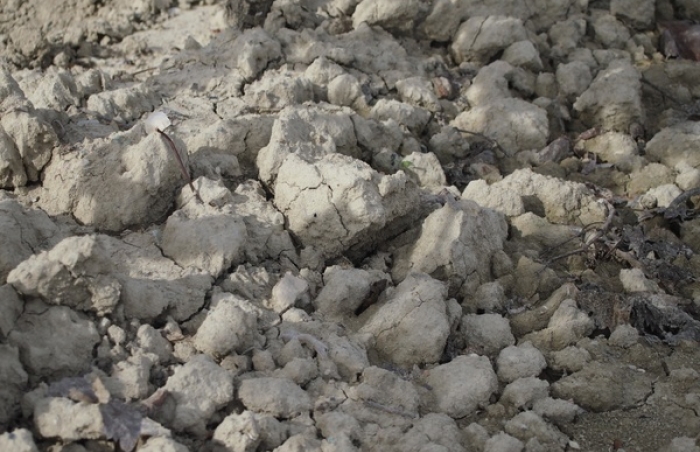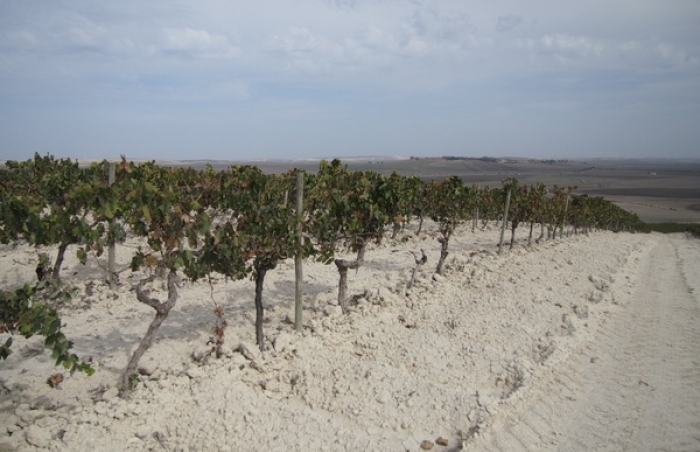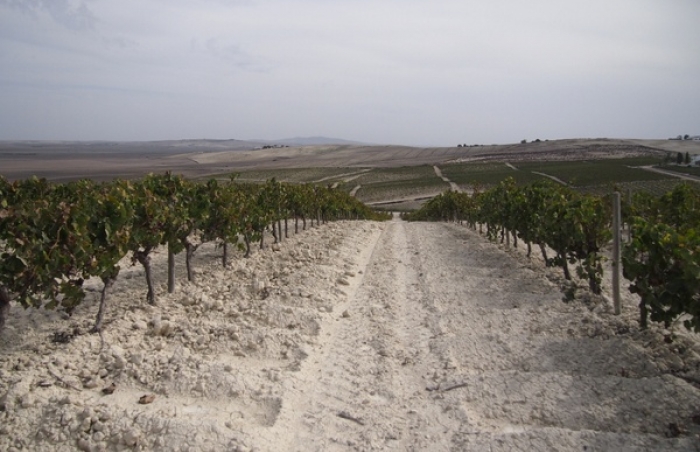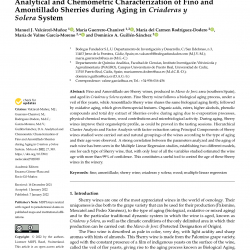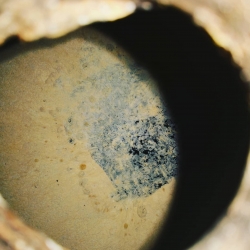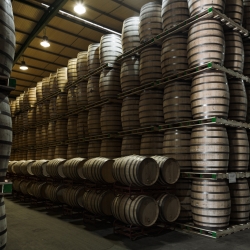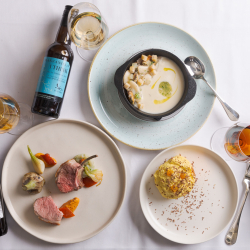The Soils of the Sherry Vineyards
When we talk about Sherry, we’re often focusing on the production process. After all, sherry derives much of its character from the way it is made, and the interaction between yeasts, oxygen, barrels and time that together work to make such a compelling drink. You could be led to believe that the vineyard plays a lesser role. But this isn’t the case.
The sum of climate, aspect and soil type – and the way they interact to shape wine flavour – are known in the wine world by the French term terroir. It turns out that Jerez has some very distinctive terroirs that are important in producing top quality sherries. These are especially important in making biologically aged sherries: Finos, Manzanillas .
The climate around Jerez is extremely hot and dry during the summer, and as there’s no irrigation here (it’s not permitted in the DO of Jerez-Xérès-Sherry), for vines to grow requires soils that can hold winter rainfall and make it available to the vine during the arid growing season. This is where the most important soil type in the region, called albariza, comes into play. It’s responsible for around 90% of all the sherry vineyards. There are two other soil types, but these aren’t quite as desirable. The good news is that with the contraction of the vineyard area – from a high of 10 000 hectares down to the current level of 7000 – some of the vineyards on more fertile soils that made less interesting wine have been taken out of production.
Albariza is a very distinctive-looking soil. I remember the first time I stood in a sherry vineyard. It was October, after harvest had finished, but even under these overcast early autumn skies, the vineyards were an intense, vivid white colour: under full summer sun, the light would be blinding. They are made of chalk, with some limestone and clay. Chalk is a very interesting vineyard soil because it absorbs water, and then releases it slowly to the vine roots. This controlled delivery of water over the dry summer months allows the vines to grow optimally. Limestone and clay, the other components of this soil type, are also good at retaining water. The exact mix of these elements in the soil, will, in combination with the specific microclimate each site experiences, create unique wines. For oxidatively aged sherries, this impact of soils will be hard to detect in the finished wine, but for the biologically aged wines, the character imparted by the terroir can leave its imprint on the sherry.
In Sherry, specific vineyards are referred to as ‘pagos’, and the best pagos are found on low lying, gently sloped hills dotted around the town of Jerez. ‘Soils are very important,’ says Beltran Domecq, president of the Consejo Regulador. ‘These pagos have been there for hundreds of years.’ But it is only now that people are starting to think about single-pago wines, which bear unique characters derived from their soils and aspects. At the recent Sherry tasting in London, Beltran conducted a tasting looking at Finos and Manzanillas that had the name of the pago indicated on the label.
One of the most famous pagos is Macharnudo. This is a spectacular vineyard, with the whitest soils I have ever seen. With 2000 acres under vine, it’s a large vineyard and lots of companies have vineyards here. Valdespino’s Inocente Fino is a single pago Macharnudo wine, while Gonzalez Byass’ Tio Pepe comes from here and Carrascal.
The other two main soil types in the region are barros and arenas. Typically found in lower-lying areas, Barros is a richer soil than albarizo, and it’s dark brown in colour, with just a bit of chalk. Yields are higher here and it doesn’t make good finos. Arenas soils have a bit of chalk, again, but also some sand, and these are usually used for growing Moscatel. They’re predominantly found in coastal areas.
Beltran Domecq points out that many solera systems in Jerez have always been based on wines of the same vineyard origin. ‘It’s such a shame that in the past times all the new wines that went into a solera came from, for instance, Marcharnuda, but we didn’t mention this,’ he says. ‘All the wines had a character from the district.’ He believes that there is a future for single pago wines, pointing out that it is a way to give added value. This emphasis on the vineyard could be an interesting future direction for high end sherry. Currently many Finos and Manzanillas are sold far too cheaply, and if there was a way to communicate about where they come from, and why certain vineyards produce wines with particular characteristics, this would make them more desirable to wine geeks and informed customers.
Originally published as Jamie on: Soils, October 2016
The views and opinions expressed in this article are those of the authors and do not necessarily represent those of El Consejo Regulador.


29 August 2017


